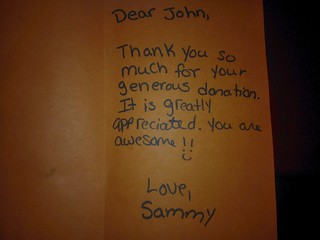Book Review: Without Their Permission
/I'll be honest, I've been excited about this book since I heard about it's release a couple of months ago. I consider Alexis Ohanian to be a true defender of internet freedom and of all the good things that can come from it. Without Their Permission definitely highlights some of the most recent awesome things that have come from the internet being free where anyone can create a site for their passion.
What's Inside?
The book is divided into three basic parts - how Alexis co-founded reddit - one of the most visited web sites today, a few examples of other websites that are changing the world, and how anyone else can do the same.
The story of how reddit was started was itself an interesting tale and perhaps even one that can be its own book since it's also an inspiring read. Who would have thought that one of the most popular web sites may never have existed.
Alexis gives a few examples of other websites that set out to help the world be a better place. With sites like Kickstarter and DonorsChoose, it's hard not to see that people really want to help...and they do. I've participated in both, myself and it is, indeed, very rewarding just knowing that I played a part in helping out.
In fact, with DonorsChoose you can get the added reward of thank you notes directly from the students of the class in which you supported. It gives the reward a bit more of a personal touch. Below is one that I've gotten recently and I can't express what I felt when I read through them.
The third part is where Alexis gives his advice on how anyone can create something without anyone's permission. He gives the advice based on his own experience as well as the experience when he did his investments to other web sites who he feels will help the world. He even gives ideas on how to learn to code if you've never done it before.
Final Thoughts
It didn't take me long at all to finish this book as it was an easy read. It even made me laugh a few times. I'll definitely keep this on the book shelf and will even re-read it several times.
If you're looking to start something this book will definitely be a good kick in the right direction. It even felt like the book made me want to start something at the moment I was reading it. It's not just for people wanting to start a business, it's for people wanting to start anything.
Bonus
Alexis has done quite a bit for the community as a whole. To help introduce you to his work here are a couple of things he's done.
TED Talk about social media and the power of community.
Audio excerpt from the final chapter of Without Their Permission.


